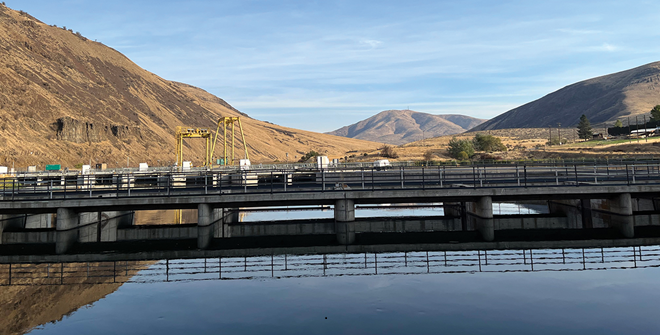

Feb 5, 2024Washington State water project expands grower options
A unique five-year study in Washington’s Columbia River Basin, which has some of the most intensively irrigated land in the U.S., is looking at how to make the most of the available water.
“Technology for Trade: New tools and new rules for water use and allocation in agriculture and beyond,” began in 2018 and officially wraps up this summer (an extension was granted because of the COVID-19 pandemic).
Washington State University (WSU) water researchers, Extension specialists and economists have a goal of equipping growers with knowledge and methods for a more proactive water management approach. Weather forecasts, an understanding of water needs and ability to use water markets to buy or sell are part of the project.
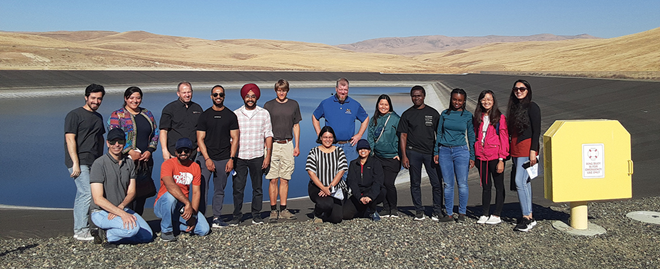

Georgine Yorgey, associate director of the WSU Center for Sustaining Agriculture & Natural Resources and Extension lead on the project, said the study is focused
beyond in-field water management. Typically, that’s considered where a grower’s power lies when making water decisions for the coming season.
While the research is specific to the Columbia River Basin, which includes the Yakima, Okanogan and Walla Walla river basins, the concepts being explored could be established in other regions, according to researchers.
Because state water rights are often complex, “legal, regulatory and contractual innovations can be important to allow water users to use these technologies as
effectively as possible while protecting the water rights of others,” according to a project summary.
The project focuses on three emerging technologies: seasonal forecasting, remote consumptive-use monitoring and smart water markets — electronic clearinghouses connecting buyers and sellers.
Seasonal forecasting
Using available seasonal forecasts that have a lead time of up to eight months, researchers are ascertaining what metrics can be forecast with enough lead time and accuracy to help growers make decisions before the season.
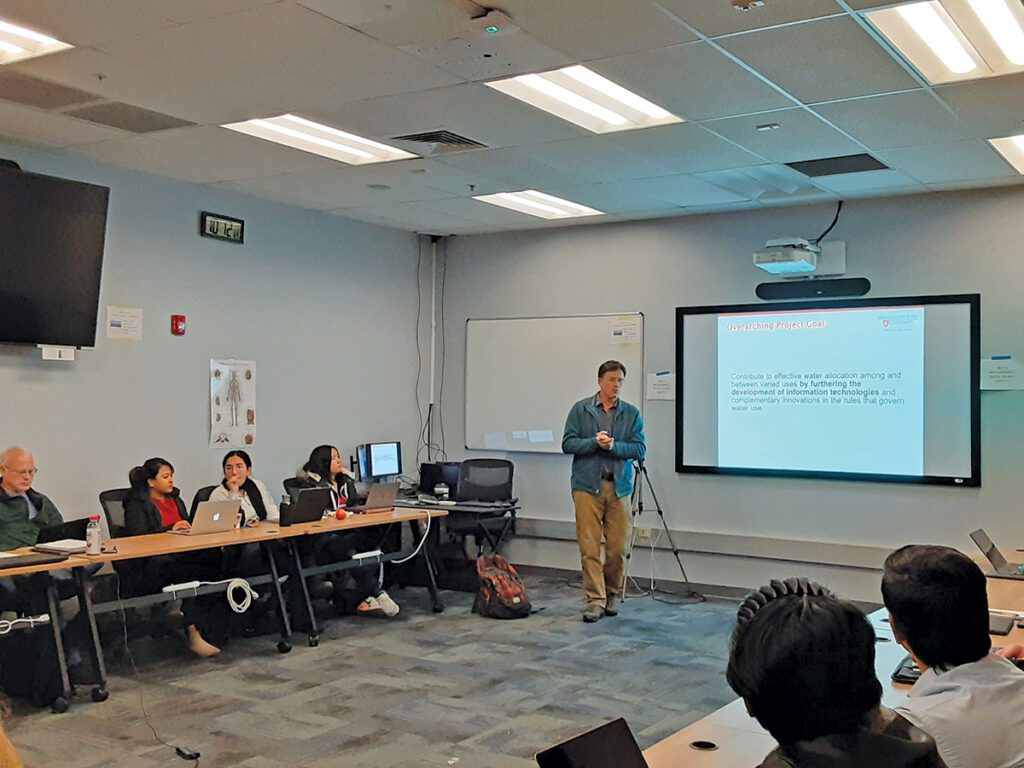

Mike Brady, associate professor in WSU’s School of Economic Sciences in Pullman, is an agricultural economist who’s helping connect the seasonal
forecasting and water markets research teams, with a focus on the former. An example Brady uses concerns the most recent statewide drought in Washington, in 2015.
Growers who irrigated low-value crops like hay might have been better served trading their water with higher value specialty crops and fallowing some of their land, he said.
“If you’re someone who leases someone else water, you only want to do that if you’re not going to get the water you would normally get,” Brady said. “And if you go back to 2015, that happened quite late in the season. What if (you had) some improvement in a seasonal forecast, how much better would our outcomes be for mitigating drought?”
Brady’s role is to calculate the economic value of a forecast vs. the default method of considering historical weather patterns for a growing area. Maybe that means planning for a drought about every five years.
“A person with a seasonal forecast would say ‘Well, that’s what the long-range average is, but this year, given El Niño and other factors, it’s actually, one in three
years,” he said. Weather forecasting is an area that experiences constant improvements, Brady said, and showing a direct correlation to even better forecasting tools to more growers and trade groups contracting for those
services, it’s possible to motivate more investment in forecasting innovations.
Kirti Rajagopalan, assistant professor in WSU’s Biological Systems Engineering Department, leads the seasonal forecasting group. As a decision-making tool, seasonal forecasts are rarely used by growers, she said, partly because of a distrust of the accuracy.
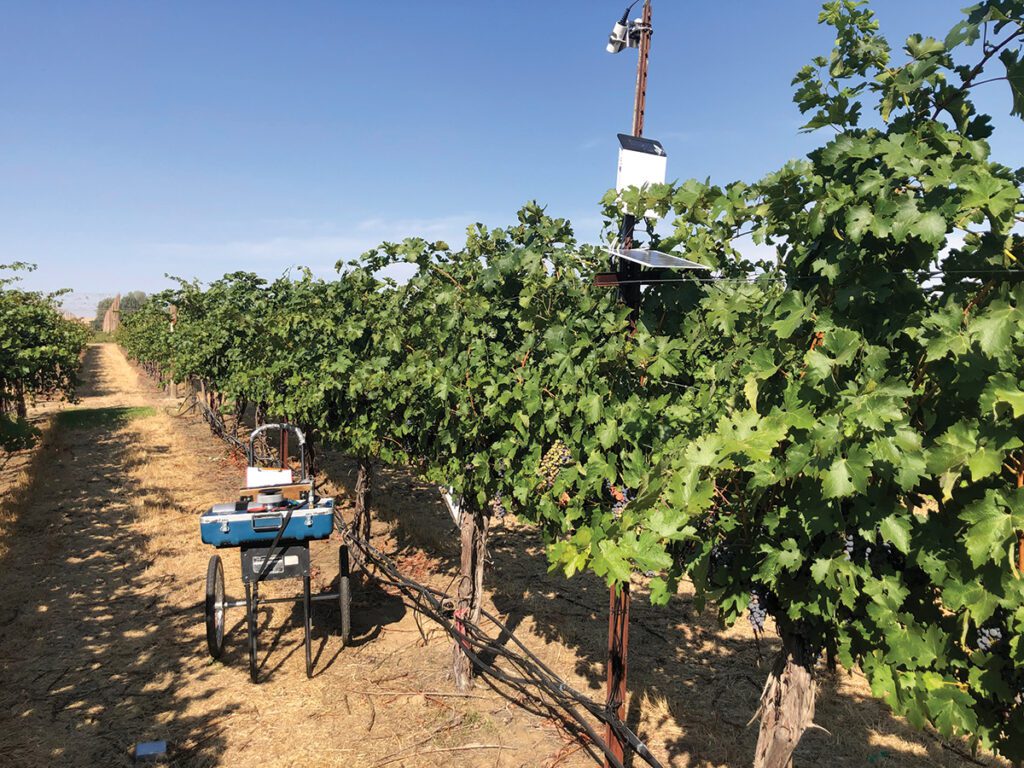

“But the idea is not to predict what’s going to happen exactly on a particular day six months from now, but get a general sense of the weather,” she said.
Rajagopalan said a takeaway from the research is that while an accurate assessment of the season’s weather doesn’t help a grower in all decisions, it’s a definite plus in making water leasing decisions and planning earlier, and could benefit water districts as well.
Smart water markets
Even if a grower is armed with weather data that influences a water leasing decision, there must be a mechanism to find willing trading partners, Brady said. That is where a smart water market is of use, connecting people on an online platform. Almost half of U.S. farmland is leased he said, so in many cases, it’s a leasing situation.
Water rights are complicated — if the two parties are in different irrigation districts, the U.S. Department of Ecology is involved, to ensure other users in the districts aren’t affected. Richael Young, cofounder of Mammoth Water, a Denver based company that launched the first smart markets to match buyers and sellers of water, is a collaborator on the Technology for Trade project. ERA Economics, which specializes in advancing data-driven water and ag policy, bought Mammoth Water in 2022.
“Universities usually don’t want to get into the middle of actually running the water bank or the water markets, so it’s usually a private sector agency or public-sector nonprofit,” Brady said.
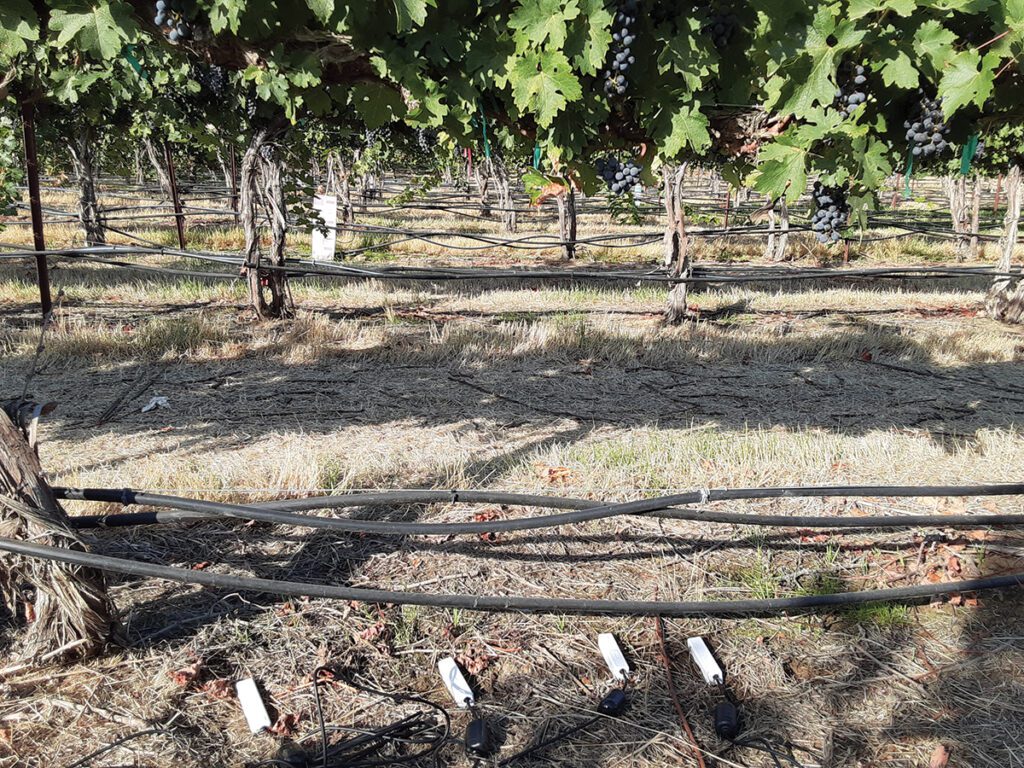

In many ways, a market for water is similar to the real estate market, Yorgey said: No house is the same and no vegetable field, orchard or vineyard is the same, based on weather, location, what’s grown there, and more. Water rights and laws aside, a hurdle to a robust water leasing environment is the lack of resources bringing together buyers and sellers.
Also, a grower who cedes water rights must do so for the whole season, and a grower who has already started using the water for the season can’t enter into an agreement. If regulations were more flexible, Yorgey said, a trading system would be more active and useful.
Remote consumptive-use monitoring
Rajagopalan said growers should also be concerned with how much water a crop needs, not just water availability.
Troy Peters, a professor and Extension agent in the WSU Biological Systems Engineering, has flown drones with multiple cameras over row crops, potato fields, vineyards and other production areas to estimate how much water different crops need. Thermal imaging (infra-red), multispectral and regular RGB (red, green, blue) cameras help give a picture of the health of a crop and the information to plug into mathematical models to estimate how much water is being used through evapotranspiration (ET) rates. The team is also using available satellite data.
By using varying levels of irrigation, Peters documented water stress and effects on ET rates, with ground sensors documenting water information as well.
“Honestly, from what we’ve learned, we definitely see water use differences in our (drone) imagery,” Peters said, but the accuracy was plus or minus 15-20% when comparing the data. He said if a drone company was already scanning a field to detect diseases, checking ET at the same time would provide useful information, but certainly not to make day to day irrigation decisions. Images can reveal a sick tree before leaves curl or drop, Peters said. Faulty irrigation equipment, such as plugged nozzles, can be detected, as well as seeing field-level differences in water availability. He said the team is working on algorithms for growers to analyze their fields for ET rates.
The Technology for Trade project is led by WSU’s State of Washington Water Research Center and is supported by the USDA’s National Institute of Food and Agriculture.
— Chris Koger, managing editor
Top photo: The Roza Dam on the Yakima River in Yakima Canyon is a part of the region studied in the Technology for Trade project. Photo by Supriya Savalkar.














